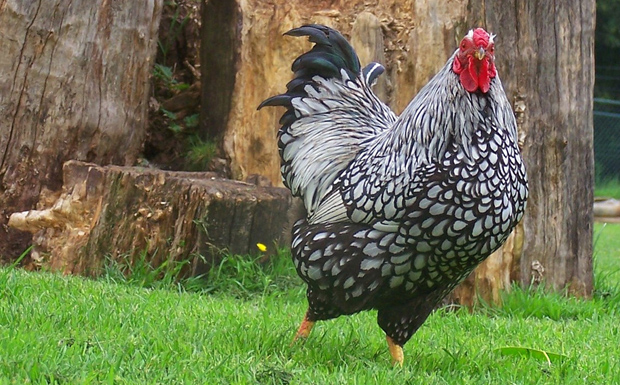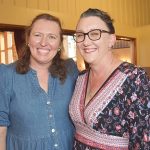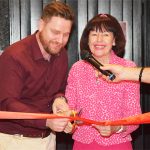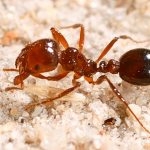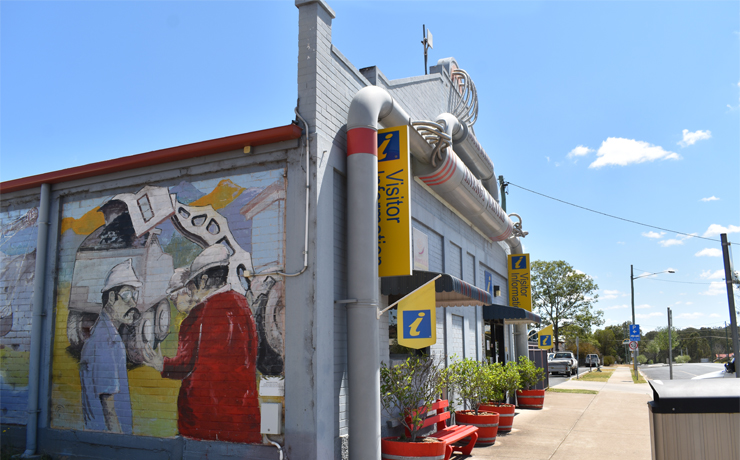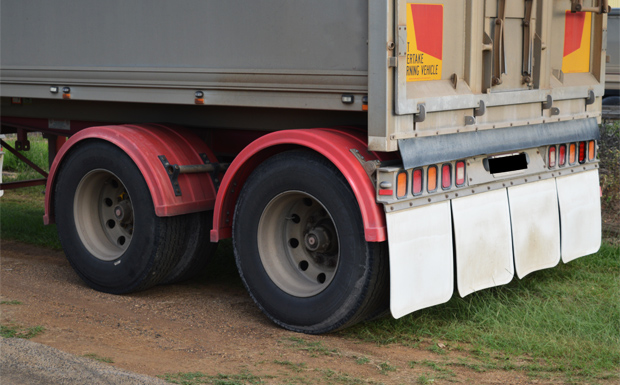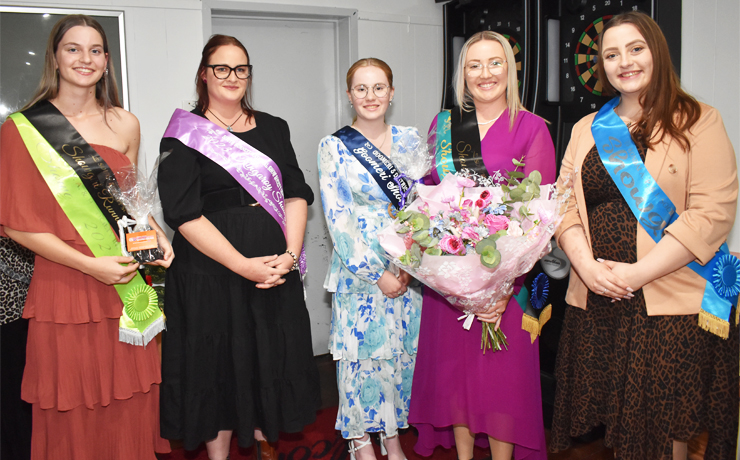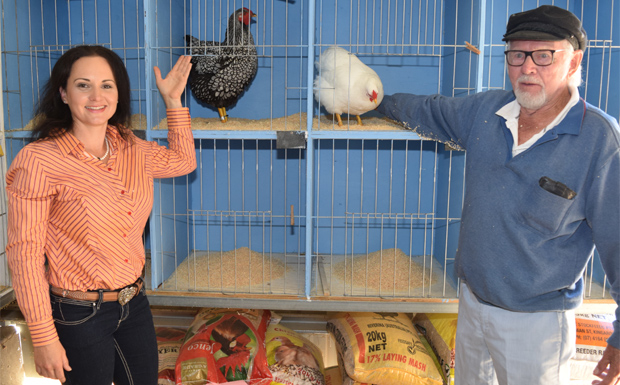
May 28, 2017
Wyandotte chicken breeders from as far afield as Western Australia, northern NSW and Charters Towers converged on Nanango’s Showgrounds on Saturday to show off and admire each other’s birds.
The occasion was the Wyandottes Queensland Annual State Championship Show, and it attracted 240 entrants to the Ted Thompson Pavilion.
Wyandottes Queensland secretary-treasurer Wanda MacKenzie said Saturday’s show was the fourth consecutive time the event had been held at Nanango, and while this year’s outing was a little shy of the record 350 entries a previous show attracted, organisers were still very happy with the roll-up.
Visitors were greeted with row upon row of chickens, all neatly presented in display cages that almost completely filled the building.
The birds were sorted by size (large, standard or bantam) and by colour (pure whites filled several rows, while the rest displayed a dazzling array of striking plumages).
Wyandottes Queensland vice-president Ross Coe said Wyandotte owners were very partial to the breed, which originated in the USA and are named in honour of an American Indian tribe.
The reason they attract such devotion from chicken owners is that apart from being very beautiful birds, they are perfect backyard fowls capable of laying more than 200 eggs per year and weighing in at an average of 2.7-3.8kgs, which makes them a “dual purpose” bird.
They have a very docile temperament, and are just as happy free-ranging as they are being confined in a coop.
Thanks to their North American ancestry, they’re also perfect for cold climates and continue to lay year-round while many other breeds cease laying when the weather gets cold.
The typical Wyandotte has a large, round body; yellow legs; and a bright red comb.
Beyond this, breeders work to produce coloured varieties that range from striking lace feathers through to Columbian, buff and partridge styles.
Ross said the Wyandotte Club of Australia was formed in 1915 to promote the breed and now has branches in every state in Australia.
In Queensland, the breed was initially slow to find favour but now has a devoted following in the Sunshine State, too.
So how should someone who wants a Wyandotte go about getting one?
Ross said the best way was to make contact with breeders between September and Christmas.
This was usually the most common time birds were bred, and it was also the time that breeders started weeding out birds with imperfections.
“They are usually very small things like an imperfect eye colour that has no impact on the bird’s health, but would lose points in a competitive show,” Ross said.
“So these are probably the best birds to pick up for a backyard coop without costing a lot, and a great way to get into the breed.”
More information about the club can be found on their website, or on the Queensland branch’s Facebook page.
